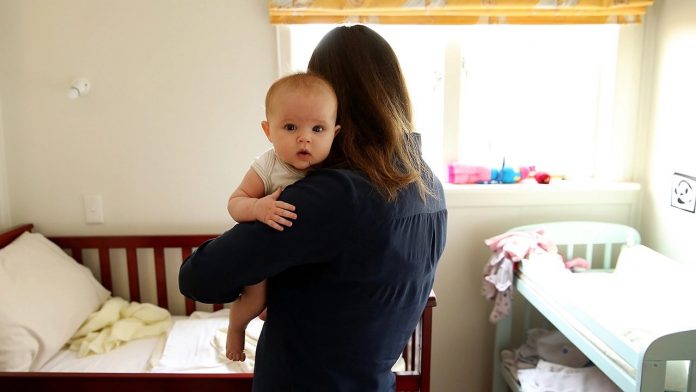Childbearing women cardiologists can encounter adverse effects in their physical health, finances and career advancements due to discriminatory violations of maternity leave practices in the U.S., specifically the Family and Medical Leave Act (FMLA). The study published today in the Journal of American College of Cardiology is the first of its kind to examine the experiences and policies specific to pregnancy and maternity leave in women cardiologists.
The study analyzed survey responses from 323 women cardiologists from the American College of Cardiology Women in Cardiology section and WomenAsOne.org membership who have been pregnant during their career. About 75% of those examined experienced at least one potential illegal violation or potential evidence of illegal action on their maternity leave rights, including being asked to take on extra service coverage to frontload hours prior to taking maternity leave, salary deficits or delaying informing employers of their pregnancy due to fear of potential adverse treatment. Additionally, over half of respondents reported that pregnancy negatively impacted their career and 42.4% of these individuals experienced return-to-work pressure, discriminatory actions and delay in promotions. Each demographic observed (academic, hospital employed and private practice cardiologists) encountered prejudicial impacts to a similar degree, compared to a prior hypothesis of academic medicine physicians being more protected by maternal leave policies.
“Our findings indicate considerable heterogeneity in the experience of pregnancy and maternity leave among women cardiologists,” said Martha Gulati, MD, MS, lead author of the study. “While many professions struggle to create environments supportive of pregnancy and child-rearing, the prevalence of illegal behavior in cardiology is quite high and presents substantial legal risk for employers.”
Performing additional service or calls prior to taking maternity leave was associated with higher rates of being placed on bedrest prior to delivery. Almost 40% of the surveyed cardiologists experienced pregnancy complications, a rate that is significantly higher than the general population and other medical specialties. Additionally, previous studies have found that 65% of U.S. women cardiologists report experiencing some form of discrimination as compared to only 23% of their male counterparts.
The study authors said an increased awareness of FMLA and Title VII violations in the workplace and widespread training for cardiologists and their employers is critical in addressing an employee’s privacy rights in respect to pregnancy and motherhood. The authors recommended employers consider making policy adjustments to align with obligations under the FMLA and Title VII, such as replacing doctors on maternity leave with “locums or deepen the bench of coverage for clinical work.”
“Childbearing is difficult for women in cardiology with more than double the rate of gestational complications of the U.S. population, frequent income loss out of proportion to reduced productivity, and for nearly half, has an adverse impact on their career,” Gulati said.
Adapting policies and practices to comply with pregnancy privacy rights can raise adherence to the law and improve the professional well-being and health of women cardiologists, as well as provide women an equal environment in the cardiology workforce.
“Over the last few years, there has been a great focus to improve representation of women in all areas of impact, including the scientific community, leadership, and among policymakers and the advisory boards that hold the financial and influential levers of institutions,” said Laxmi Mehta, MD, vice chair of wellness for the Department of Internal Medicine at The Ohio State University and author of the accompanying editorial comment. “We are hopeful that data like this will lead to greater self-awareness, self-advocacy, leadership skills and empowerment, along with a shift in the culture and climate in cardiology, such that women are not penalized for pregnancy and parenthood.”
The study authors noted while the survey response rate was quite substantial (35% of the target population in the U.S.), the results may not encapsulate all birthing individuals. Due to the data being self-reported, additional limitations include maternity happening outside the U.S., information on marital status or household finance pressures to take unpaid leave. Legal analysis was limited to the information provided by survey respondent comments, leaving the authors to determine illegal implications based on a complex set of assumption factors.















